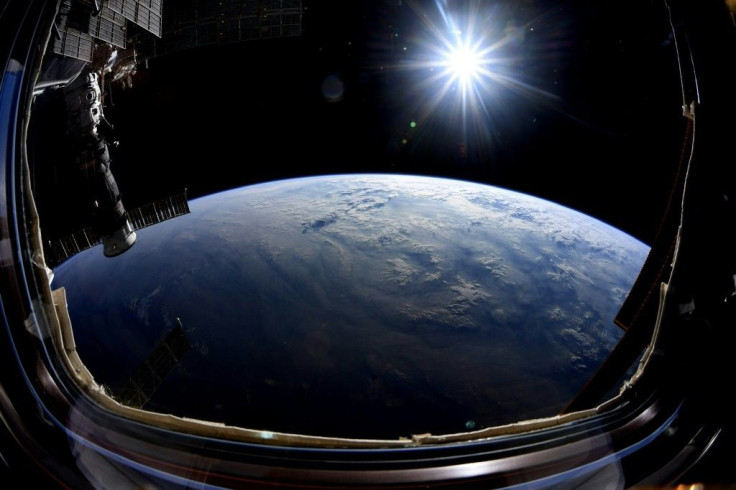Space 'Housekeeping': Watch How Trash Can Be Thrown Out Of ISS More Sustainably
KEY POINTS
- Trash disposal in the ISS has been a "long-standing" challenge
- Astronauts aboard the ISS have tested a new method to dispose of trash
- Nanoracks' new orbital waste-disposal method is "more efficient and sustainable"
Dealing with garbage aboard the International Space Station (ISS) is no easy feat, but a recent demo may help make "in-orbit housekeeping" more sustainable.
The ISS is an incredible feat of engineering, but one challenge that remains aboard it is trash disposal. Currently, astronauts have to store the trash that they produce for quite a while and wait for a cargo vehicle to arrive before they can dispose of it, Nanoracks, the company behind the Bishop Airlock module used for the test, noted in a news release.
The astronauts then place all the trash in the spacecraft. Once it's released from the ISS, it will be burned once the spacecraft re-enters the atmosphere. There have also been times, albeit rarely, when astronauts on spacewalks "hand-disposed" of small items, reported Space.com, citing astronomer Jonathan McDowell.
"Waste collection in space has been a long standing, yet not as publicly discussed, challenge aboard the ISS," said Cooper Read, Bishop Airlock program manager at Nanoracks.
On Saturday, astronauts tested the Nanoracks Bishop Airlock system, which NASA described as "another door to space" as it can help move payloads in and out the ISS. For the test, the astronauts filled up a "specially-designed" waste bag with dirty clothes, hygiene products, used office supplies, packing materials and foam, and successfully disposed of the bag of trash using the Bishop Airlock system.
One can see stunning views of the test in a tweet shared by ISS Research.
For the first time, the Nanoracks Bishop Airlock has helped take out the trash from the @Space_Station! ~172 pounds of waste was sent to burn up on reentry this past weekend. The trash included packing materials, dirty crew clothing and used office supplies. 🗑️ pic.twitter.com/52VTyw0G7y
— ISS Research (@ISS_Research) July 7, 2022
NASA's Kathy Leuders, the associate administrator of the Space Operations Missions Directorate, called it "in-orbit housekeeping." Nanoracks, meanwhile, also shared an incredible video of the bag as it was floated away from the ISS.
Watch here: pic.twitter.com/8LiUVOkH7K
— Nanoracks (@Nanoracks) July 6, 2022
According to the company, the bag will also burn up in the atmosphere just like the cargo spacecraft do. It doesn't add space debris and provides a "more efficient and sustainable" way to deal with the waste generated aboard the ISS.
"Four astronauts can generate up to 2,500 kg of trash per year, or about two trash cans per week," Read said. "As we move into a time with more people living and working in space, this is a critical function just like it is for everyone at home."
For the first test, the bag was filled with about 172 pounds of trash. It's actually capable of holding 600 pounds of trash.
"This was the first open-close cycle of the Bishop Airlock, our first deployment, and what we hope is the beginning of new, more sustainable ISS disposal operations," Nanoracks CEO Amela Wilson said.

© Copyright IBTimes 2025. All rights reserved.






















